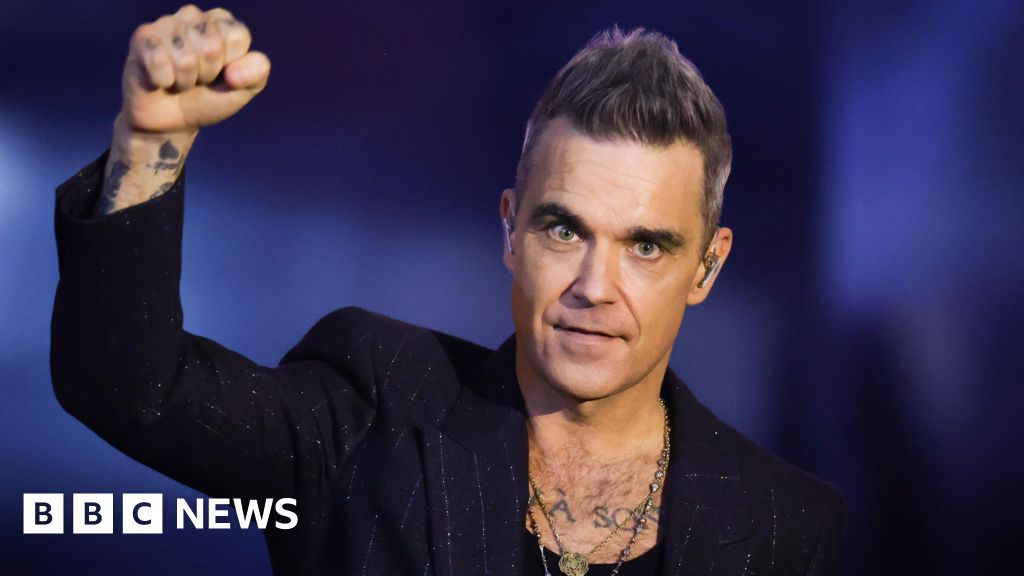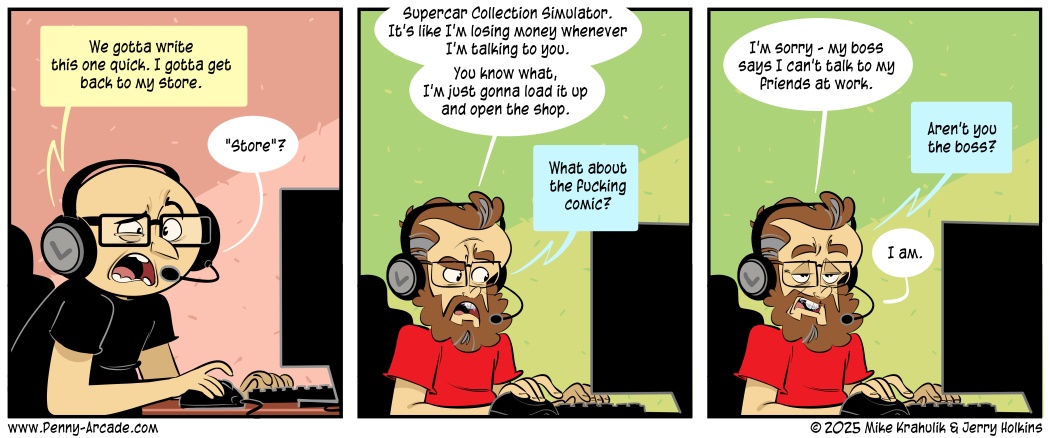The Enduring Allure of Gatsby: Exploring the Timeless Themes of F. Scott Fitzgerald's Masterpiece

F. Scott Fitzgeralds novel, The Great Gatsby, remains a poignant exploration of love, ambition, and the American Dream, revealing a complex interplay between its characters and the society they inhabit. The titular character, Jay Gatsby, is depicted through the eyes of his neighbor, Nick Carraway, who notes Gatsby's heightened sensitivity to the promises of life. This profound sensitivity stands in stark contrast to the harsh realities of the world around him, which is characterized by crassness, dishonesty, and rampant materialism. Despite being a wealthy figure with murky connections to the underworld, Gatsby's intentions are deeply rooted in purity, primarily reflected in his unyielding love for Daisy Buchanan, his long-lost sweetheart who is now wed to the loathsome Tom Buchanan.
The tension between Gatsby's noble spirit and the sordid decadence of the 1920s creates a rich narrative that captivates readers. Fitzgerald's sharp social criticism adds depth to the love story, preventing it from devolving into mere sentimentality. Conversely, if the romance lacked emotional resonance, the underlying satire could easily slip into cynicism.
Humor is another essential element of the narrative. Contemporary reviewers from the Jazz Age celebrated the book as a keenly observed critique of the era. Fitzgerald's astute eye for hypocrisy and absurdity, along with his ability to capture the pomposity of speech, resonates even today. A notable example is Tom Buchanans comically misguided musings about the sun, reflecting a blend of ignorance and arrogance that is painfully familiar a century later: I read somewhere that the suns getting hotter every year... or wait a minute its just the opposite the suns getting cooler every year.
Fitzgerald's writing is nothing short of masterful. His ability to transition seamlessly between brisk humor, lush lyricism, and deep philosophical reflection within just a few sentences is remarkable. He employs concise, punchy phrases to quicken the pace of the storyline, while also indulging in elaborate descriptions that linger in the mind. The novel's closing line, And so we beat on, boats against the current, borne ceaselessly back into the past, encapsulates the book's existential themes but is merely one of many striking passages that linger with readers.
The novel is populated with an array of unforgettable characters. Meyer Wolfsheim, the gangster rumored to have fixed the 1919 World Series, adds an intriguing layer of complexity to the narrative. Jordan Baker, Nick's enigmatic love interest, and Old Mr. Gatz, who arrives toward the storys conclusion to reveal more about Gatsby, add depth to the overarching mystery surrounding the titular figure. The central triangle formed by Daisy, Tom, and Gatsby creates an emotional and thematic tension that pulls readers into their world.
The Great Gatsby is not only a staple in English literature classes for its rich themes but also for its potential to ignite discussion. Whether read in a classroom setting or encountered later in life, the novel invites countless debates about issues that remain relevant today. Topics such as the fleeting nature of the American Dream, the alluring yet corrupting influence of wealth, and the symbolic green light at the end of Daisys dock continue to resonate deeply in contemporary discourse.
In conclusion, Fitzgeralds work transcends its historical context, offering insights that are as pertinent now as they were nearly a century ago. The Great Gatsby is much more than a mere love story; it is a profound commentary on the human condition, making it a timeless classic well worth reading and discussing.

























